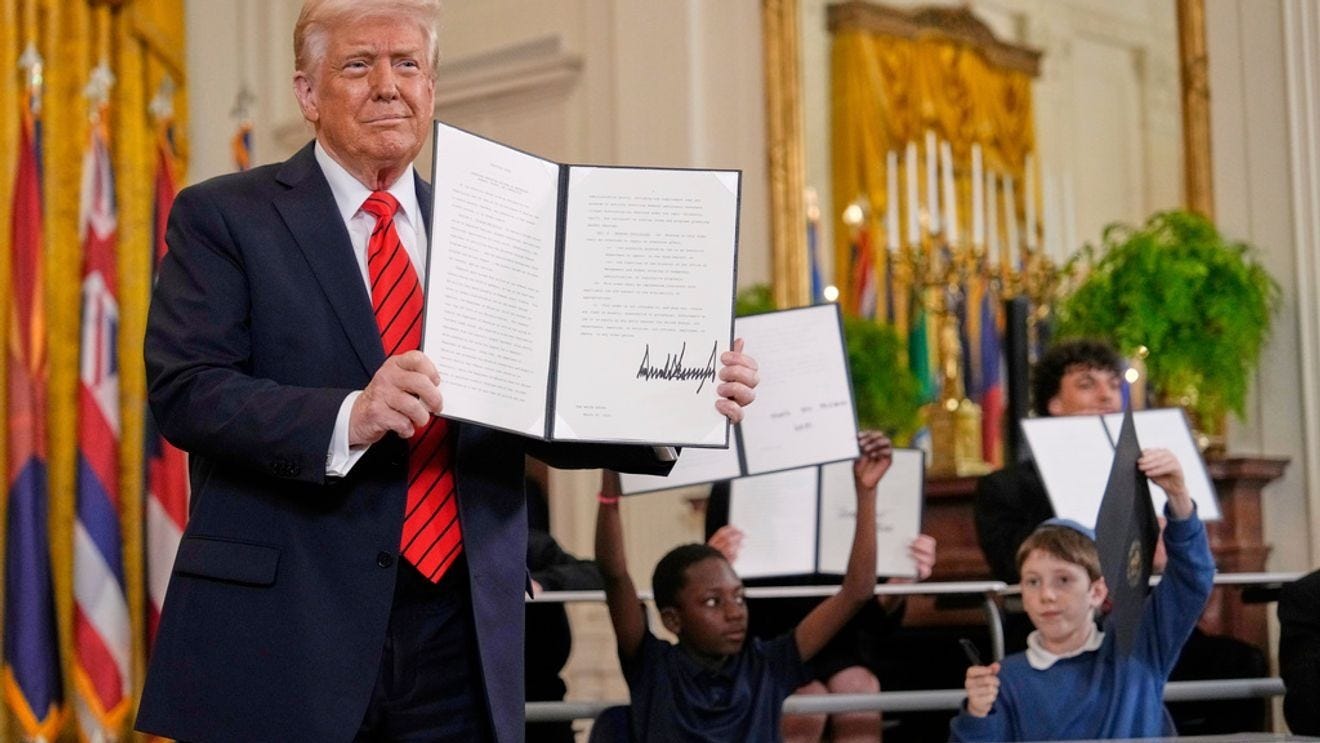The Dangerous Consequences of Trump's Plan to Dismantle the Department of Education
How the Closure of a Key Federal Agency Could Undermine Educational Equity and Quality

In a move that threatens the very foundation of American education, President Donald Trump has signed an executive order to dismantle the U.S. Department of Education. This decision is not just a shift in policy; it is an alarming step backward that could undermine decades of progress in ensuring equitable and quality education for all students.
The Department of Education, established in 1979, has played a crucial role in overseeing and enforcing educational standards across the nation. Despite its imperfections, the department has been instrumental in promoting equal opportunities and supporting vulnerable student populations. Trump's decision to dismantle it is driven by a misguided belief that decentralization will solve all educational issues, ignoring the complex realities of the system.
Key Points of the Executive Order:
Decentralization of Education
The order mandates the transfer of educational authority to the states, which risks creating a patchwork of inconsistent policies and standards. This could lead to significant disparities in educational quality and access.Reduction in Workforce
Nearly half of the department's workforce has already been laid off, a move that undermines the federal oversight necessary to maintain educational equity.Impact on Federal Funding
The redistribution of federal funds, which currently support low-income and special needs students, will be a critical issue for states to manage. This raises serious concerns about the future of support for these vulnerable groups.
The process of dismantling the department will require approval from Congress, which may pose significant challenges. The Department of Education was formed by Congress in 1979 under President Jimmy Carter to oversee national education policy, distribute federal loans and aid, and enforce federal education laws. Its dismantling would erase years of progress and innovation. Since Trump's inauguration, the department's workforce has been nearly halved, with many employees placed on administrative leave. This reduction is part of a broader effort led by the Department of Government Efficiency, which prioritizes cost-cutting over the well-being of students.
Potential Impacts
Short-Term Effects
In the immediate future, students and teachers may not notice significant changes. However, the long-term implications could be devastating.State Responsibilities
States will need to determine how to allocate federal funds effectively. This includes ensuring that vulnerable populations, such as students with disabilities and those from low-income backgrounds, continue to receive necessary support. The risk of states failing to meet these needs is high.Student Loans
The administration has also proposed transferring the federal student loan portfolio to the Small Business Administration, raising questions about the future of student aid programs. This could lead to increased confusion and reduced access to financial support for students.
The dismantling of the Department of Education represents a dangerous shift in U.S. educational policy. While proponents argue it will lead to more efficient and localized control, the reality is that it could exacerbate inequality and reduce oversight. As this transition unfolds, the true impact on American education remains to be seen, but the risks are too significant to ignore. We must advocate for the preservation of the Department of Education to ensure that every student has access to quality education, regardless of their background or location.


